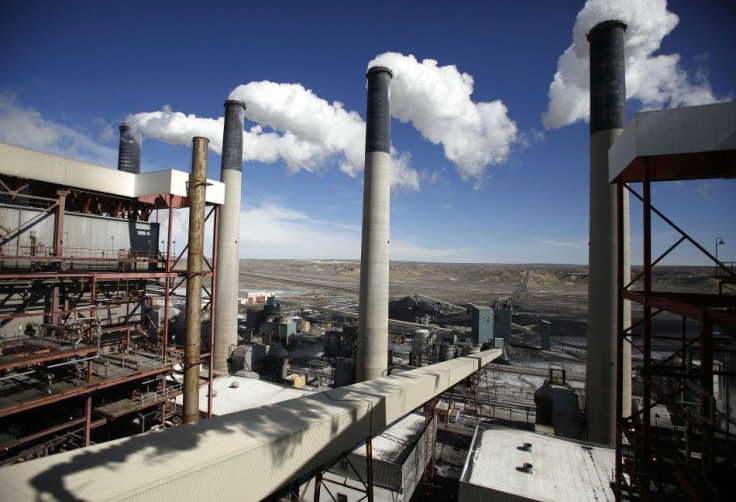Australia Misses March Deadline To Submit New Emissions Reduction Target For Paris Climate Deal

Several countries have already submitted their proposed emissions reductions target to the United Nations while Australia remains reluctant to commit to new plans. The need for more effective solutions to climate change has placed Australia in the spotlight as a new report revealed drought conditions in some parts of the country are getting worse.
A report by the Climate Council has found that since the mid-1990s, southeast Australia has recorded a 15 percent drop in the amount of rainfall during late autumn and early winter. An average decline of 25 percent has been also observed in April and May.
Since 2012, western Queensland and northern New South Wales has been grappling with drought. The extreme conditions have put pressure on farmers tending to their lands. Animals in the wild have starved due to drought.
The Climate Council said the frequency of severe droughts is associated with a decline in in agricultural productivity and 15 percent increase in risk of suicide for males in rural areas aged between 30 and 49, reports The Guardian. Report author Professor Will Steffen added that a clearer picture of how climate change affects drought has been revealed in recent studies.
Steffen said the drought is exerting pressure on Western Australia’s “wheatbelt.” He added that adaptation strategies have reached their limits as rainfall continues to drop. The report suggests that the continuous warming had caused the “shifting” of rain from across Southern Australia to further south, reports ABC.
Australia had previously released several documents designed to start the process of developing a target for carbon emissions reduction for the Paris climate talks in December. The government has revealed its key issues paper earlier in the week but Australia had appeared reluctant in acknowledging the 2 degrees Celsius target. The fact sheet that was made public together with the country’s issues paper also ignored the 2C goal.
Australia will not be submitting its Intended Nationally Determined Contributions or INDC until the middle of the year. Other countries had already submitted their goals to the UN. The U.S., EU, Switzerland, Norway, Mexico and Russia have turned over their INDCs and all of them mentioned the 2C target.
To report problems or leave feedback on this article, contact: r.su@ibtimes.com.au




















